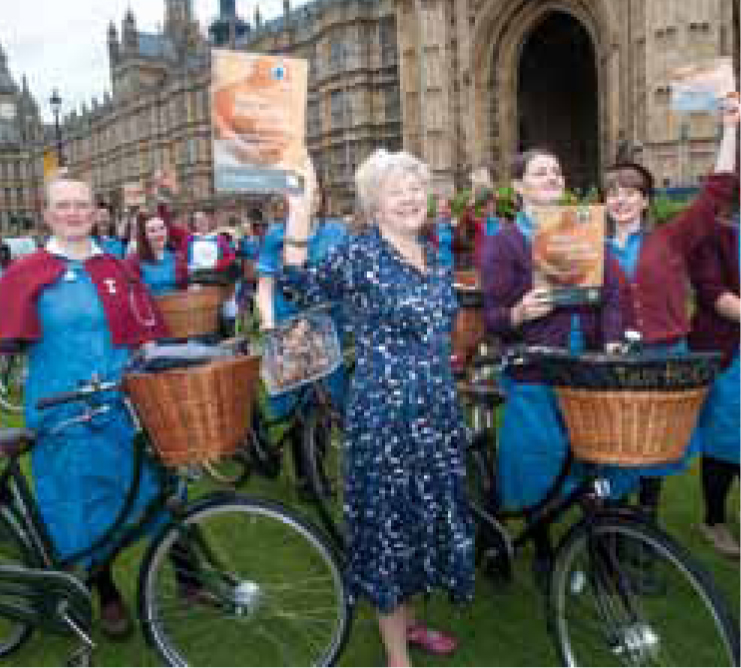Over the last year or so we seem to have reached a turning point in establishing evidence-based care that reflects the importance of supporting normal birth and a reduction of interventions, through choice of place of birth, and midwifery-led care. But the report of the Morecambe Bay investigation (Kirkup, 2015) appears to cast a shadow over this progress. It would be wrong if the response to the report were to set back the establishment of practice that will increase the overall safety of maternity services. Instead we need to establish safe practice and systems of care for all, whether midwifery-led or medical care is indicated.
The report is a harrowing account of poor outcomes and dysfunctional systems of care in one NHS Trust, that emphasised a ‘drift involving a particularly dangerous combination of declining clinical skills and knowledge, a drive to achieve normal childbirth ‘whatever the cost’ and a reckless approach to detecting and managing mothers and babies at higher risk’ (Kirkup, 2015: 183). This emphasis has been the focus of much of the commentary, without putting it into its rightful context.
A balance between achieving normality and knowing when medical care is required is crucial. Care and support of women and their babies who are healthy, and who should have every chance of a normal birth, requires skill, knowledge and experience as well as working systems for consultation, referral and transfer. These seem to have been lacking in Morecambe Bay. The effects of supporting normal birth cannot be judged by such a system.
Our national caesarean section rate has reached 26% and the need to work towards supporting normal birth and reduce unnecessary interventions is greater than ever. We need organisations that support, rather than detract from, good practice, stable enough to provide safety, and interprofessional collaboration that respects the specialised contribution of the work of different professional groups, with strong leadership within, and between, professions. Women should be involved in decisions about their care and there should be user and public involvement in the development and monitoring of maternity services.

Evidence and policy indicate the benefits and safety of midwife-led continuity of carer and midwife-led units. Sandall et al (2014) concluded most women should be offered midwifery-led models of care and should be encouraged to ask for this option, although caution should be exercised in applying this advice to women with substantial medical or pregnancy complications.
The National Institute for Health and Care Excellence (2014)Intrapartum Guidelines advised that women at low-risk of complications should be given choice of place of birth and we should ‘explain to both multiparous and nulliparous women who are at low-risk of complications that giving birth is generally very safe for both the woman and her baby’ and ‘explain to both multiparous and nulliparous woman that they may choose any birth setting and support them in their choice of setting wherever they choose to give birth’. This advice is based on the evidence of higher rates of spontaneous vaginal birth and a lower rate of interventions and no difference in the outcomes for the baby.
Giving women choice of place of birth and midwifery-led continuity of carer is far from the reality of practice. Establishing the policy in practice for the majority will be crucial to safe maternity care.
In the wake of Kirkup (2015), NHS England (2015) has announced a review of maternity services to ensure they develop in a safe, responsive and efficient manner.
Making policy reality and support for realising the goals is the focus of the Royal College of Midwives (2015)Better Births Initiative. The goals are:
Learning from Morecambe Bay is crucial, and recognising the need for safe support for normal birth is one of the lessons to be learned. It is only with humanised care, a more balanced normal birth rate and a reduction of unnecessary interventions that pregnancy, labour and birth and the start of family life will be as safe as it can be for all women, their babies and families.

